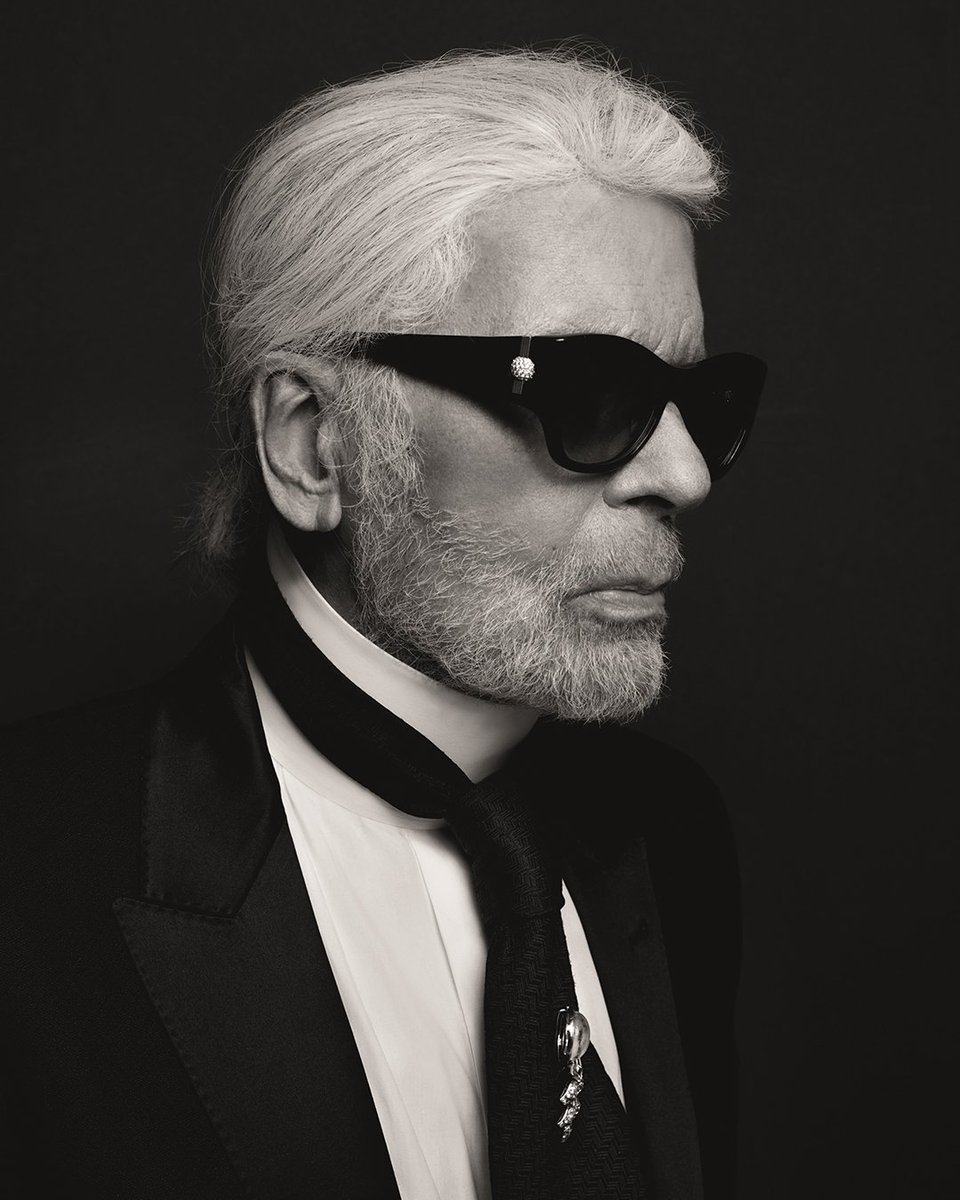What Legacy Did Karl Lagerfeld Really Leave Behind?
February 19, 2019, marks the death date of Karl Lagerfeld, a true artist, designer, and sexist?
Yep, that’s right everyone. While Lagerfeld will always be praised for being a renowned fashion designer, often credited with redefining high-class fashion, his blatant sexism is hard to overlook. Alain Wertheimer claimed Lagerfeld's creativity in his designs were “ahead of his time” but can we say the same about his views?
First, let’s look at the history of Karl Lagerfeld’s sexist streak.
2009: Not only where the misogyny begins, but also the body shaming! Take his famous, “No one wants to see curvy women,” quote as proof. Lagerfeld also claimed that “fat mothers with their bags of chips sitting in front of the television” were the ones calling thin models “ugly.”
2012: If that quote didn’t do it for you, perhaps this one will. “I think today, with the junk food in front of TV, it’s something dangerous for the health of the girl. The models are skinny, but they’re not that skinny. All the new girls are not that skinny.” Because that makes the rest of us feel extra great about ourselves.
2018: This Lagerfeld quote was in response to three accusations about sexual harassment; all made by models who had worked for him. “If you don’t want your pants pulled about, don’t become a model! Join a nunnery...” He also claimed to be “fed up” with the MeToo Movement and therefore showed no respect to other victims of sexual assault.
In addition to these comments, Lagerfeld has also directly attacked celebrities that were considered “a little too fat” by his standards. He frequently body shamed people that didn’t fit his ideal view of what a model should look like, and although his fashion was inspired, this kind of behavior is nothing but disappointing. In reality, Lagerfeld placed all of the importance on his fashion designs while ultimately objectifying the women modeling them.
While Lagerfeld’s views represent some of the worst parts of the patriarchy, there’s no denying that his fashion designs were world-renowned and widely talked about by many. He served as the creative director of CHANEL Fashion House since 1983, and upon his death, the company released a statement describing Lagerfeld as “a creative individual” with “a prolific, creative mind with endless imagination.” They even went as far as to credit him for reinventing Gabrielle Chanel’s original designs and brands. Even Anna Wintour, Conde Nast creative director, praised the designer’s works as “breathtaking”.
A man with this much talent is bound to be recognized, but the question that remains is how should Lagerfeld be remembered in death? Sure he was an innovative designer, but he was also a mindless sexist. This brings up the question: in this time and age, can the artist truly be separated from the art?
Well, that’s for you to decide.

